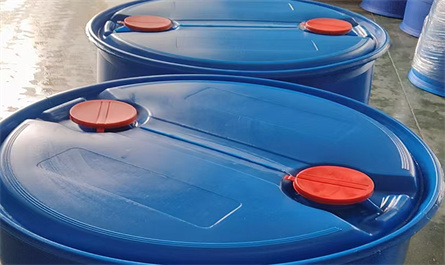Organic silicon Adjuvant industry development trends and innovation directions

Nano organic silicon Adjuvant technology is breaking through traditional limitations. The nano-scale organic silicon Adjuvant microemulsion developed by the Hefei Institutes of Physical Science, Chinese Academy of Sciences, has a particle size controlled at 20-50nm. In the experiment of controlling whiteflies, it showed the characteristics of "targeted deposition", with an effective ingredient utilization rate of 85%, saving 40% of pesticides compared with conventional formulations.
With the advancement of organosilicon production technology, its cost has dropped from 200 yuan/kg in 2015 to 80 yuan/kg now, creating conditions for large-scale application. The Ministry of Agriculture and Rural Affairs estimates that by 2026, the domestic agricultural organic silicon Adjuvant market size will exceed 5 billion yuan, playing a supporting role in the action of reducing pesticides and increasing their efficiency.
From a global perspective, the European Union has approved organic silicon for use in organic agriculture, and its REACH regulations classify agricultural organic silicon as a low-risk substance. This policy orientation is worth learning from in my country, especially in the green agricultural product certification system, the application specifications of organic silicon Adjuvant need to be more clearly defined. In the future, with the development of precision agriculture, silicone may be combined with the Internet of Things and big data to achieve on-demand delivery of "smart additives", providing new technical support for the sustainable development of agriculture.
RECENT POSTS
-
Agricultural production enhancer Indole Acetic Acid (IAA) shortens rooting time and increases fruit set rate
-
The Role of Forchlorfenuron (CPPU / KT-30) in Kiwifruit Growth
-
some agricultural products necessitate the use of plant growth regulators
-
Pineapple cultivation in Vietnam continues to expand and What plant growth regulators are used during pineapple growth?
Featured News



